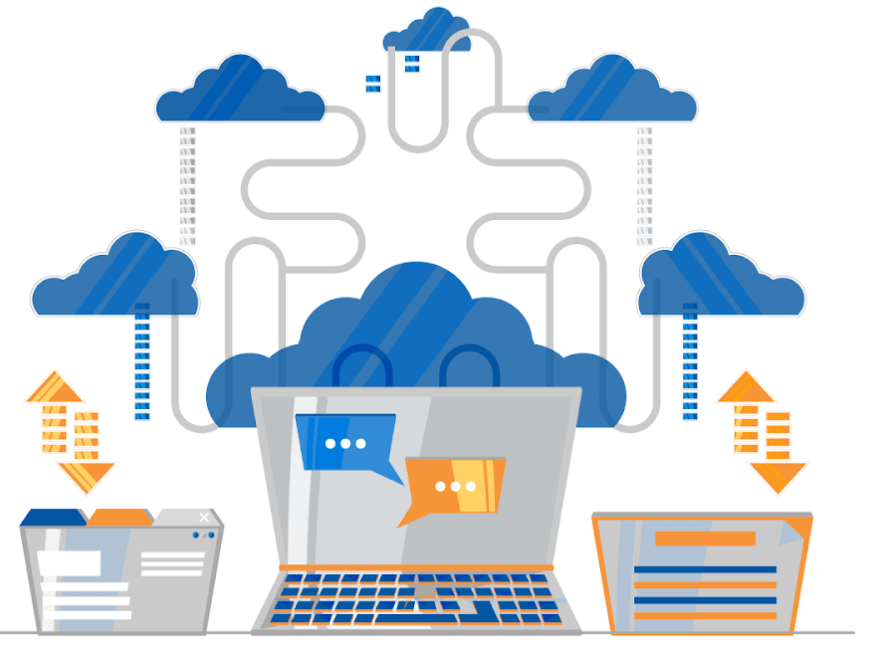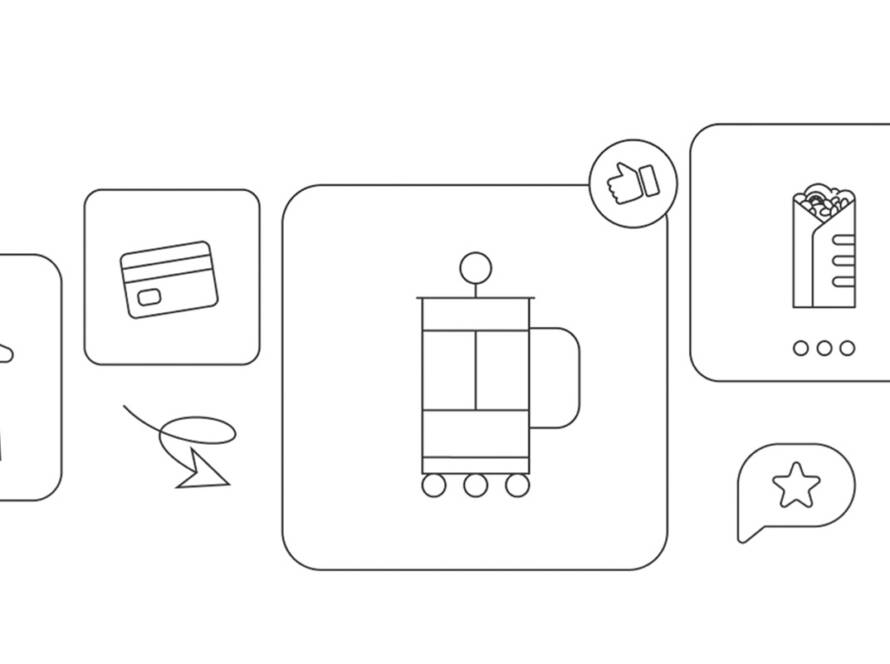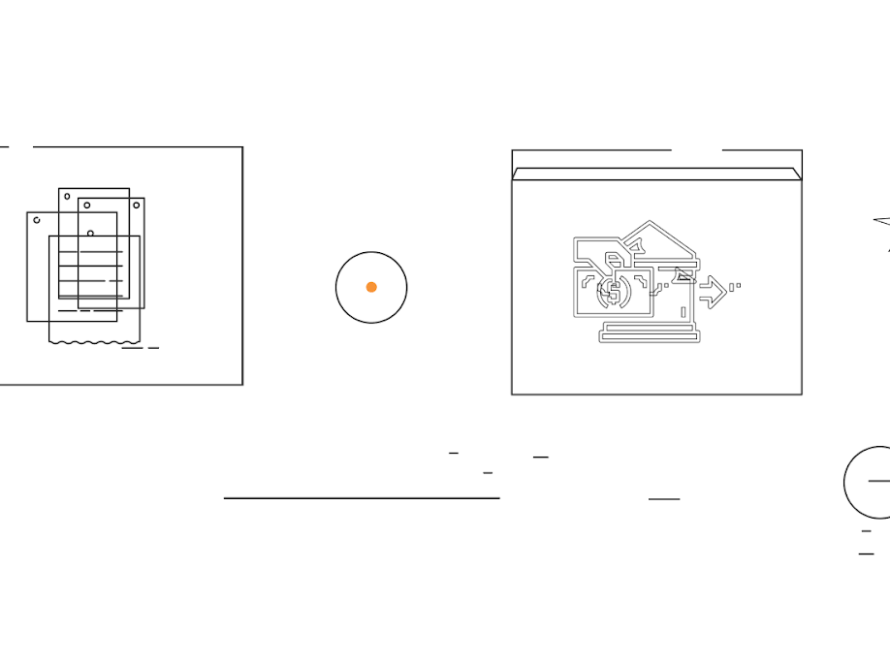As a system architect, you are always looking for ways to improve the performance, scalability, and reliability of your applications. With the rise of cloud computing and the need for flexible, agile software development, microservices architecture has become an increasingly popular approach. By breaking down complex applications into smaller, independent services, you can achieve greater agility, faster time-to-market, and better fault isolation. In this article, we will dive deep into the benefits of microservices architecture and explore how it can help you design and build more efficient, robust, and scalable systems.
Microservices Architecture: The Basics
Microservices architecture is a method of developing software that involves dividing large, monolithic applications into smaller, autonomous services. Each service focuses on a certain business function and uses APIs to communicate with other services. This technique allows for greater flexibility and scalability as one service may be built and deployed independently of the others.
“Microservices can be independently deployed, upgraded, and scaled, making them ideal for engineers to add new features, and improve performance in a more agile and efficient manner.”
Advantages of Microservices Architecture
- Scalability
Scalability is one of the key advantages of microservices. Companies can grow individual services independently based on demand using microservices. In contrast, scaling the entire application is required under a monolithic architecture, even if only a few components demand additional resources. This can be both expensive and inefficient. System architects can grow individual services as needed with microservices, based on their specific needs.
Those that handle more requests, for example, can be scaled up during peak demand, while those that handle fewer requests can be scaled down, optimizing resource utilization. Furthermore, as the application expands, the microservices architecture makes it easier to introduce new services and functionalities without disrupting the present system. This enables organizations to more efficiently introduce new products or services without having to redo the entire system, making it easier to adapt to changing product needs.
“Exper Labs focuses on Engineering Excellence. We use microservices architecture to build high throughput and low latency APIs.”
- Flexibility
Another key benefit of microservices architecture is flexibility. Microservices enable enterprises to develop and deploy services independently of the rest of the system. Each service may be designed and tested independently, making the system easier to maintain and update over time.
Moreover, microservices architecture enables enterprises to select the optimal technology and programming language for each service based on its unique needs. This adaptability allows enterprises to optimize the performance and scalability of each service, resulting in a more efficient system overall.
Furthermore, microservices architecture facilitates the adoption of new technologies and the integration of third-party services such as payment gateways, social media platforms, analytics tools, or any other third-party integrations. New services or functions can be readily introduced without disturbing the existing system, allowing organizations to respond to changing market demands more swiftly.
- Fault Isolation
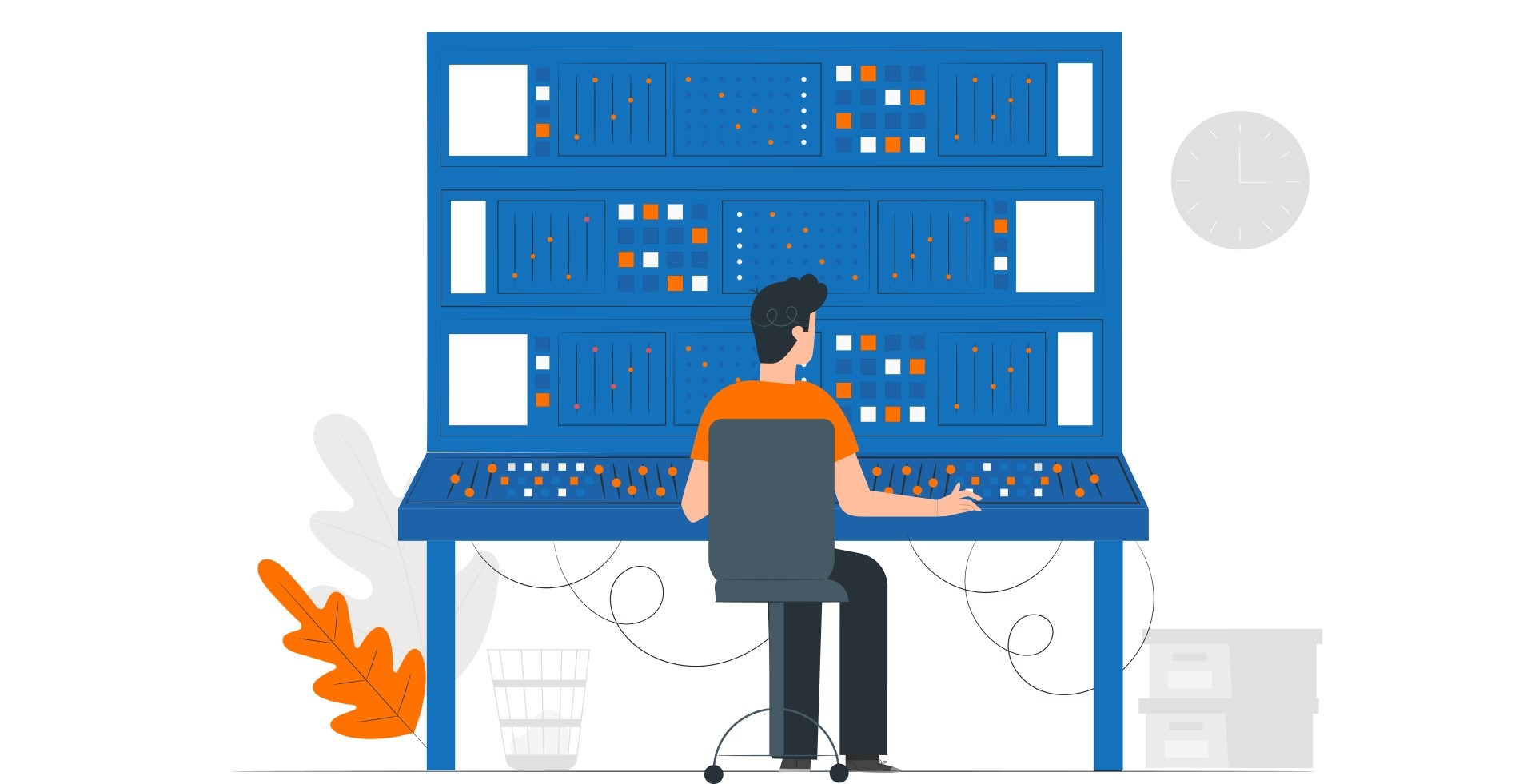
Fault isolation is another key benefit of microservices architecture. A single error or issue in a monolithic program might bring the entire system down, making troubleshooting and fixing tough. Microservices, on the other hand, function independently of one another, allowing errors to be isolated within that service rather than affecting the entire system. This method makes it easier to identify and resolve issues quickly, lowering the chance of downtime and ensuring that the system remains stable and performant.
Furthermore, using microservices architecture, businesses can distribute updates and new features more frequently without disrupting the overall system, allowing them to respond to changing market demands more quickly.
Additionally, fault isolation enables enterprises to scale certain services separately based on their specific requirements. For example, if a specific service receives a lot of traffic, it can be scaled up without compromising the performance of other services. This method simplifies the management and optimization of system resources, ensuring that the system remains efficient and cost-effective.
“A single error or issue in a monolithic program might bring the entire system down.”
- Technology Heterogeneity
Another significant benefit of microservices is the technology heterogeneity it offers. With microservices, companies can use different technologies and programming languages for each service, depending on the specific requirements of the service. For instance, one service may use Java, while another may use Python or Ruby.
This technology heterogeneity allows developers to choose the best technology for each service, making the system more efficient and scalable. For instance, if a company is using Java as its main tech stack and it wants to use some machine learning models which are only available in Python, microservices architecture will give the flexibility to use both technologies.
Moreover, technology heterogeneity helps companies avoid vendor lock-in, where they are tied to a particular vendor’s technology stack. By using different technologies for each service, companies can avoid being tied to a particular vendor’s technology, making it easier to switch vendors if necessary.
However, technology heterogeneity does require additional effort to integrate different services, and companies need to ensure that each service can communicate with the others effectively. But overall, the benefits of technology heterogeneity outweigh the challenges, making microservices a popular choice for businesses looking to create scalable and flexible systems.
- Team Autonomy
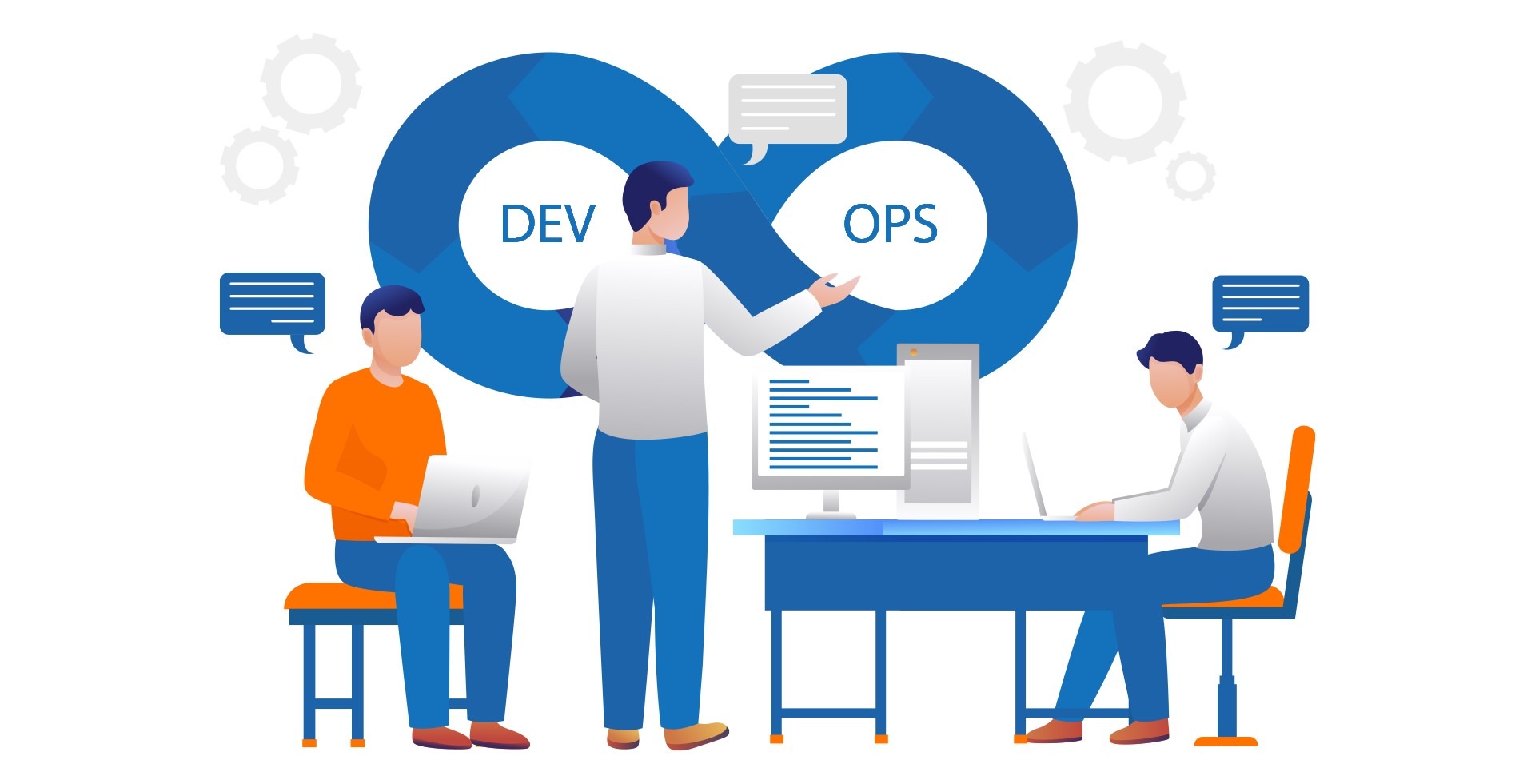
Another key advantage of microservices is team autonomy. Developers in a monolithic application frequently have to work on the same codebase, making it difficult to operate separately and autonomously. This can result in challenges such as long development cycles, poor resource consumption, and team member disagreements.
However, with microservices, each service is developed and maintained by its own team, allowing developers to operate alone and independently. This method allows teams to concentrate on their areas of competence without interfering with the work of other teams.
Furthermore, team autonomy fosters innovation and creativity by allowing teams to test new ideas and techniques without disrupting the overall system. This method enables firms to respond to changing market demands more quickly, remain ahead of the competition, and provide greater value to their customers.
Final Thoughts
In conclusion, microservices architecture provides numerous benefits that make it an excellent choice for modern enterprises. Its scalability, flexibility, fault isolation, resilience, technology heterogeneity, and team autonomy, are just a few of the benefits that make it an attractive option for system architects. Exper Labs is a trusted provider of back-end development services that prioritize Engineering Excellence. We use microservices architecture to build scalable, secure, and robust back-end APIs with an SLA of less than a second for user-facing APIs. Our highly qualified team offers a range of back-end solutions and specializes in building high-performance APIs. Looking for a trusted provider of back-end development services?
Contact us today to see how our expertise in microservices architecture can help your business!

